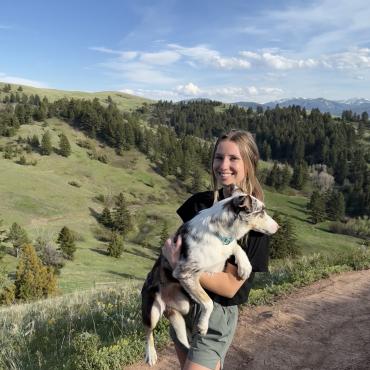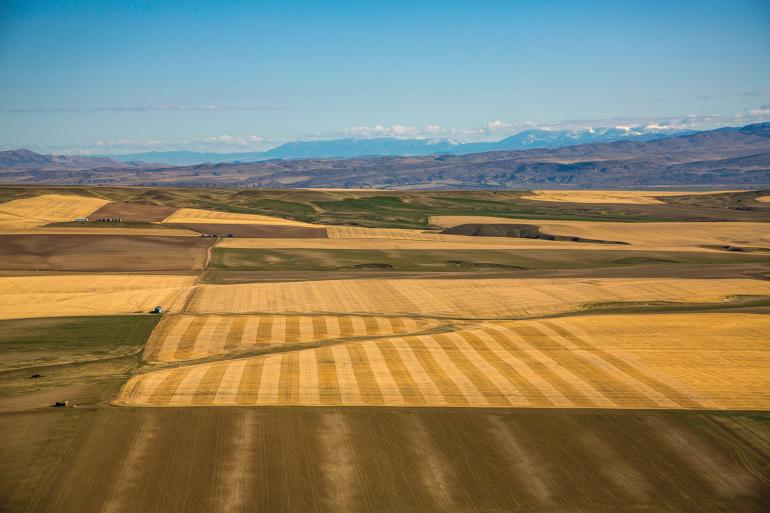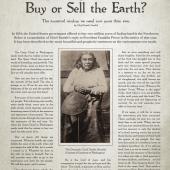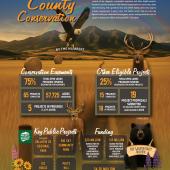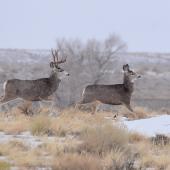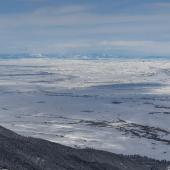Wildlife Habitat: A Century in Review
Looking back at 100 years of change.
Montana’s wildlife habitats have been reshaped by a combination of natural forces and human development during the last century. Over 25 million acres of U.S. grasslands have been lost in the last 25 years alone. Close to home, rapid growth—particularly in the Gallatin Valley and regions surrounding Yellowstone Park—has had significant impacts on both wildlife habitat and migratory patterns. While several factors have had adverse effects, conservation efforts have led to positive results over the years.
1930s – The Dust Bowl & Over-Farming
- Severe drought and poor soil management causes widespread dust storms.
- Grasslands damaged; crops fail.
- Government responds with programs like the Soil Conservation Service to reduce erosion.
1950s – Tree Encroachment Begins
- Areas previously dominated by sagebrush are affected by tree encroachment as pinyon-juniper and conifer trees spread into grasslands.
- This reduces native vegetation, disrupts water flow, and degrades habitat for species like sage grouse and pronghorn.
Post-1950s – Fire Suppression Impacts Ecosystems
- Decades of wildfire suppression result in denser forests of ponderosa pine and Douglas fir.
- Decreased tree diversity harms species that rely on various canopy habitats.
1970s-2021 – Species Recovery Efforts
- Grizzly bears rebound from less than 250 to over 1,000 in Northern Continental Divide region.
- Wolves reintroduced to Yellowstone in 1995 restore ecological balance after being removed in the 1920s.
- Populations of elk, mountain lions, and bison improve thanks to conservation efforts.
1990s-Present – Aquatic Habitat Declines
- Bull trout and native cutthroat trout decline due to non-native species, sedimentation, and damming.
- Warmer temps and altered water cycles affect spawning and stream ecosystems.
2000s-Today – Development & Habitat Loss
- Over 25 million acres of U.S. grassland lost in 25 years.
- In Montana, 117,000 acres of grasslands are converted to wheat and grain fields in 2021 alone.
- 30% of eastern grasslands are altered; grassland bird populations drop 34%.
- Oil, gas, and mineral extraction disrupts habitats and migration.
- Warmer temperatures, earlier runoff, and more extreme drought/flood cycles alter stream and forest habitats.
- Wildlife shifting to higher elevations and retreat to cooler climates

